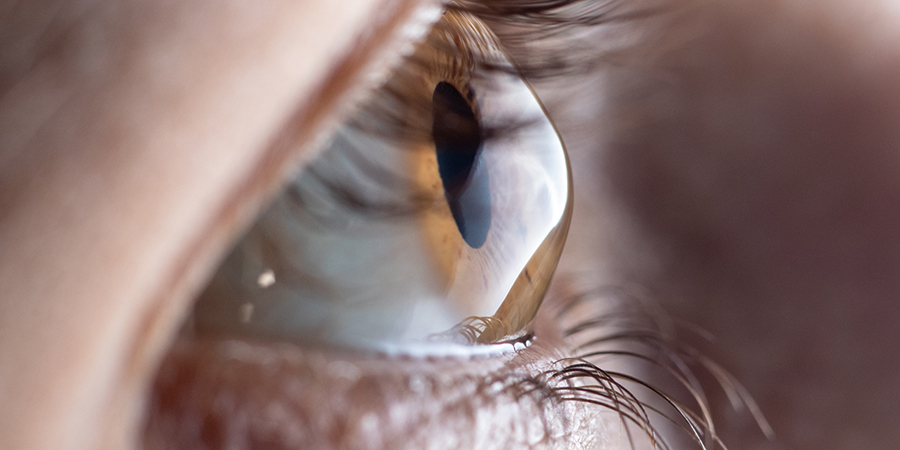News Headlines
- Aug 20 2024 What causes corneal ulcers?
- Aug 19 2024 Endophthalmitis: A Serious Eye Infection
- Aug 15 2024 Discover more about PRK eye surgery
- Aug 9 2024 Key Points you know about refractive surgeries
- Jul 28 2024 Protect yourself from dengue fever: Here's how
- Jul 28 2024 A Silent Threat, It Is Time to Action
- Mar 12 2024 Glaucoma: Early Detection, Lifelong Vision
 What is keratoconus?
What is keratoconus?Keratoconus is an eye condition that causes the cornea to thin and bulge forward like a cone. The cornea is the clear front surface of the eye that helps focus light onto the retina. When the cornea is misshapen, light rays are not focused correctly, which can cause blurry, distorted vision. Keratoconus often affects both eyes, but it can be more severe in one eye than the other.
Symptoms of keratoconus
The symptoms of keratoconus usually develop in the late teens or early 20s and worsen over time. Symptoms can include:
* Blurry vision
* Distorted vision, such as seeing straight lines as wavy or bent
* Increased sensitivity to light and glare
* Eye strain
* Difficulty seeing at night
* Frequent headaches
In some cases, keratoconus can cause sudden, severe vision loss. This is known as acute hydrops, and it occurs when the inner layer of the cornea swells rapidly.
Causes of keratoconus
The exact cause of keratoconus is unknown, but it is thought to be a combination of genetic and environmental factors. People with a family history of keratoconus are more likely to develop the condition. Other risk factors include:
* Rubbing the eyes
* Allergies
* Thin corneas
* Certain connective tissue disorders
Diagnosis of keratoconus
Keratoconus is usually diagnosed during a comprehensive eye exam. The Ophthalmologist will use a special instrument to measure the shape of the cornea. They may also perform other tests, such as corneal topography, to assess the severity of the condition.
Treatment of keratoconus
There is no cure for keratoconus, but there are treatments that can help to improve vision and slow the progression of the disease. Treatment options include:
* Eyeglasses or contact lenses: Eyeglasses or contact lenses can be used to correct the refractive error caused by keratoconus.
* Corneal collagen cross-linking (CXL): CXL is a procedure that uses ultraviolet light and riboflavin (vitamin B2) to strengthen the cornea and slow the progression of keratoconus.
* Corneal transplant: In severe cases of keratoconus, a corneal transplant may be necessary. This procedure involves replacing the damaged cornea with a healthy donor cornea.
What to do if you have keratoconus?
If you have been diagnosed with keratoconus, there are a few things you can do to manage your condition and protect your vision:
* See your Ophthalmologist regularly. Your Ophthalmologist will need to monitor the progression of your keratoconus and adjust your treatment as needed.
* Follow your doctor's instructions carefully. This includes wearing your glasses or contact lenses as prescribed, using any medications you are prescribed, and avoiding rubbing your eyes.
* Protect your eyes from the sun. Wear sunglasses that block ultraviolet (UV) rays when you are outdoors.
* Avoid eye injuries. Be careful when participating in sports or other activities that could put your eyes at risk of injury.
* Ask about new treatments. Researchers are developing new treatments for keratoconus all the time. Ask your eye doctor about the latest advances in treatment.
Here are some additional tips for living with keratoconus:
* Join a support group. Talking to other people with keratoconus can be helpful in sharing experiences and coping strategies.
* Learn about low vision aids. If your vision is severely affected, there are a number of low vision aids that can help you with daily tasks.
* Don't give up hope. Keratoconus can be a challenging condition, but it is important to remember that you are not alone. With proper treatment and management, you can live a full and productive life.
- Please select news categories.
